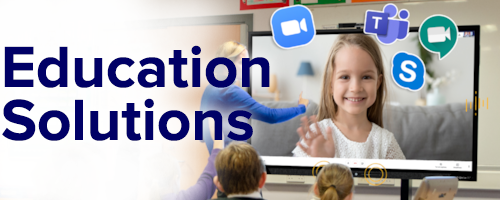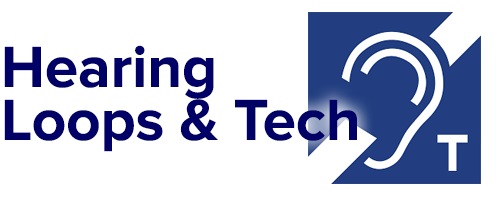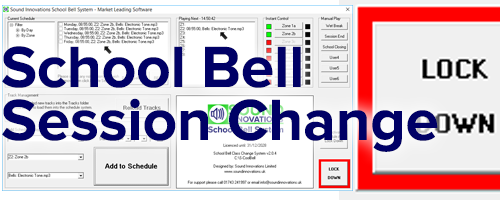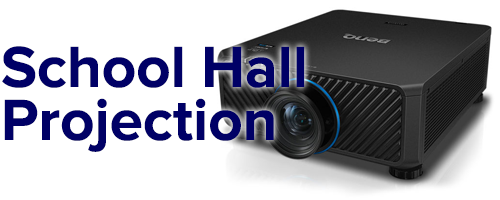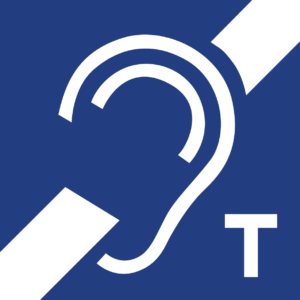In today’s educational environment, effective communication is more crucial than ever. One innovative solution gaining attraction in schools worldwide is the implementation of a school radio system. This tool not only enhances the flow of information but also promotes a sense of community, creativity, and engagement among students and staff.
A school radio station provides opportunities for students of all ages and abilities to get involved. Whether they are presenting, producing, or managing the station, there are roles that suit different interests and skill levels. Running a radio station requires a team effort. Students must work together to plan, produce, and broadcast shows. This collaboration helps build a sense of community and teaches valuable teamwork skills.
The radio station can be a platform for students to express their thoughts, ideas, and creativity. It allows students who might not typically participate in other school activities to have their voices heard. For many students, speaking on the radio can be less intimidating than speaking in front of a class or on stage. This can help build their confidence and encourage them to participate more actively in school life. The content of the radio shows can reflect the diverse interests and backgrounds of the student body. This inclusivity ensures that all students feel represented and valued.
A school radio station provides opportunities for students of all ages and abilities to get involved. Whether they are presenting, producing, or managing the station, there are roles that suit different interests and skill levels. Running a radio station requires a team effort. Students must work together to plan, produce, and broadcast shows. This collaboration helps build a sense of community and teaches valuable teamwork skills.
The radio station can be a platform for students to express their thoughts, ideas, and creativity. It allows students who might not typically participate in other school activities to have their voices heard. For many students, speaking on the radio can be less intimidating than speaking in front of a class or on stage. This can help build their confidence and encourage them to participate more actively in school life. The content of the radio shows can reflect the diverse interests and backgrounds of the student body. Modern school radio systems are designed to be user-friendly, making it easy for students of all abilities to participate. This accessibility ensures that no student is left out due to technical barriers. It helps students develop important life skills while ensuring that everyone can contribute and be heard.
Preparing for radio shows involves organising thoughts and presenting them in a professional manner. This helps students develop the ability to structure their communication logically and effectively. Students receive feedback on their speaking and listening skills from teachers and peers. This constructive criticism helps them identify areas for improvement and refine their communication skills over time. Creating engaging content for radio requires students to think about their audience and how to keep them interested. This process helps them develop a keen sense of how to communicate effectively and engagingly.
Conducting interviews on the radio teaches students how to ask insightful questions and listen actively to responses. Live radio often requires quick thinking and the ability to adapt to unexpected situations. This helps students become more flexible and confident in their speaking abilities. Participating in a school radio station provides students with a dynamic and practical way to enhance their speaking and listening skills, which are essential for their academic and personal development.
Students need to write scripts for their radio shows, which involves organising their thoughts, structuring their content, and ensuring their work is clear. This practice enhances their writing skills and helps them learn to communicate effectively. Preparing for radio segments often requires research. Students learn to gather information, evaluate sources, and explain their findings into a script. This process improves their research and critical thinking skills. Radio shows can include various segments such as news, interviews, and even radio dramas. Additionally, these segments can be tailored to suit different audiences and interests. Writing these segments encourages creativity and helps students explore different writing styles and genres. Writing for radio involves multiple drafts and editing. Students learn to edit their work for clarity, conciseness, and impact, which are essential skills for any writer.
The process of writing and preparing content for radio shows aligns with many educational standards, including those related to literacy and communication. This ensures that students are meeting curriculum requirements while engaging in a fun and practical activity. Writing scripts and planning content exposes students to new vocabulary and phrases. They learn to use language effectively to convey their message, which enhances their overall language skills. Writing for an audience helps students understand the importance of tailoring their message to their listeners. This awareness is crucial for effective communication and helps students develop a sense of empathy and perspective. Overall, the process of preparing for radio shows provides a comprehensive approach to improving literacy, combining practical writing skills with creativity and critical thinking.
A school radio station provides a dedicated space for students to discuss topics that are important to them. This can include school events, social issues, or personal interests. It allows students to express their opinions and ideas in a structured and respectful manner. Radio offers a unique way for students to engage with their peers without the pressure of face-to-face interactions. This can be particularly beneficial for students who might be shy or anxious about public speaking. Students can share a wide range of content, from music and interviews to news and storytelling. This diversity ensures that there is something for everyone, and it encourages students to explore different forms of communication.
By giving students control over the content and format of their shows, a school radio station empowers them to take ownership of their projects. This sense of responsibility and autonomy can boost their confidence and motivation. The radio station can serve as a hub for the school community, bringing students, teachers, and parents together. It helps build a sense of belonging and positive school culture.
Running a radio show involves various skills, including research, scriptwriting, interviewing, and technical production. These activities help students develop a broad skill set that is valuable both in and out of school. Radio can facilitate important conversations on topics that might not be addressed in the classroom. It provides a safe space for students to discuss and debate issues and promote critical thinking. Students learn the technical aspects of running a radio station, including operating broadcasting equipment, audio editing, and sound engineering. These skills are directly applicable to careers in radio, television, and other media industries. These activities help students build skills in content creation, which are valuable in various media and communication roles.
Managing a radio station requires organisational skills, time management, and the ability to work under deadlines. Students learn to plan, execute, and review their projects, which are essential skills in any professional setting. Running a radio station is a collaborative effort. Students take on different roles such as presenters, producers, and technical staff, learning to work as a team and develop leadership skills. Effective communication is at the heart of radio. Students improve their verbal and written communication skills, which are crucial for careers in journalism, public relations, marketing, and beyond. Promoting radio shows and engaging with the audience teaches students about marketing strategies and audience engagement. These skills are valuable in many fields, including advertising and social media management.
Live radio often presents unexpected challenges. Students learn to think on their feet, solve problems quickly, and adapt to changing situations, which are important skills in any career. Using industry-standard software and equipment gives students hands-on experience with the tools used in professional media environments.
Running a radio station involves various roles such as presenters, producers, scriptwriters, and technical staff. Assigning these roles helps students understand the importance of each position and how they contribute to the overall success of the show. Students must collaborate to plan and produce their shows. This includes brainstorming ideas, writing scripts, and coordinating the technical aspects of broadcasting. Working together on these tasks fosters a sense of teamwork and mutual respect. Effective teamwork requires clear and open communication. Students learn to articulate their ideas, listen to others, and provide constructive feedback. These skills are essential for successful collaboration in any setting. Live radio can present unexpected challenges, such as technical issues or last-minute changes. Students learn to work together to solve these problems quickly and efficiently, which enhances their problem-solving abilities and adaptability.
In addition, different roles within the radio station offer opportunities for students to take on leadership positions. This helps them develop leadership skills and a sense of responsibility, as they must ensure their part of the project is completed effectively. Planning and presenting radio shows require careful scheduling and time management. As a result, Students learn to prioritise tasks, meet deadlines, and manage their time effectively, which are valuable skills for any team project. Working closely with peers on a shared project helps build trust. Therefore, Students learn to rely on each other and understand the importance of each team member’s contribution. The teamwork involved in running a school radio station helps students develop essential collaborative skills that are beneficial both in school and in their future careers.
In conclusion, implementing a school radio system offers a multitude of benefits that extend far beyond the classroom. The process of preparing and presenting radio shows not only improves literacy but also equips students with valuable vocational skills that are applicable in various future careers. Additionally, school radio station provides a unique platform for students to express their voices, discuss important issues, and engage with their peers in a non-confrontational format. In addition, It promotes teamwork, collaboration, and community building, creating a stronger, more connected school environment. By celebrating achievements, promoting cultural exchange, and encouraging active participation, a school radio station can significantly enhance engagement among students, staff, and parents.
For more information on school radio systems please press here. If you have any queries please press here and if you wish to call us you can do that on 01743 241 997. Our team would be glad to assist you with anything you may need.


